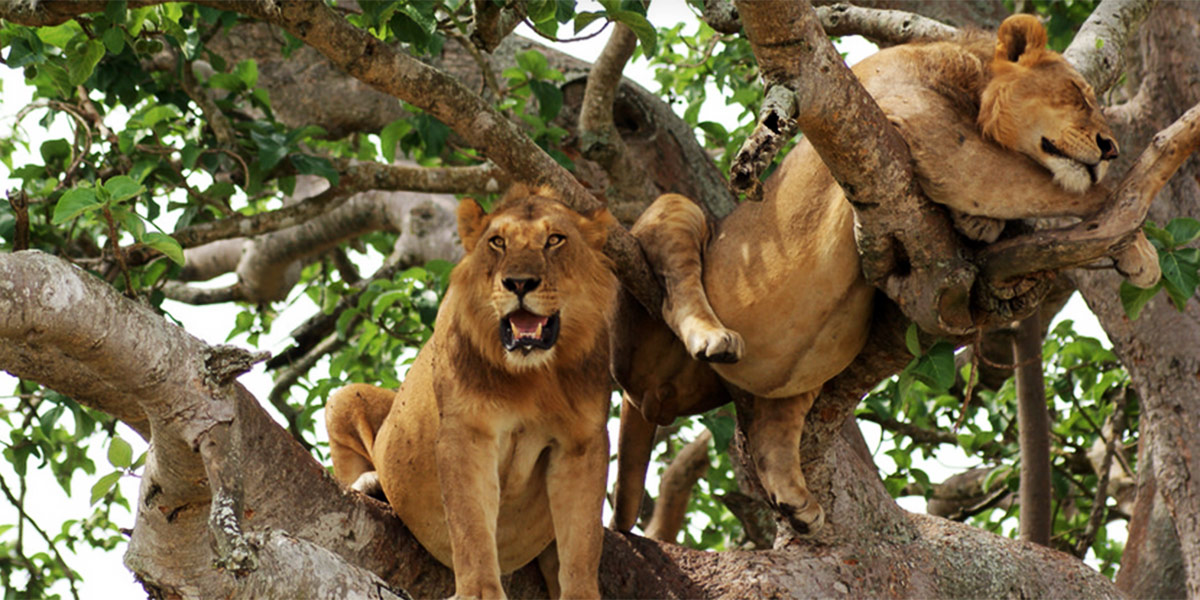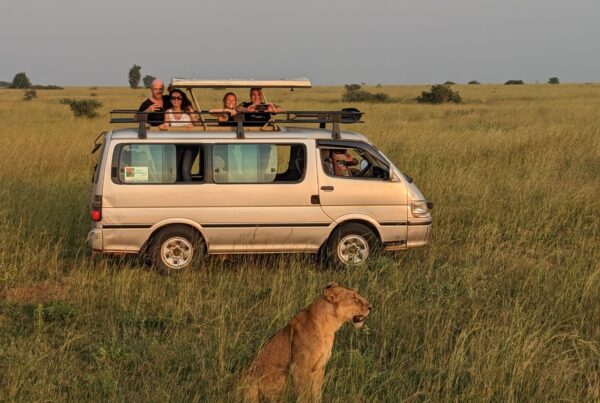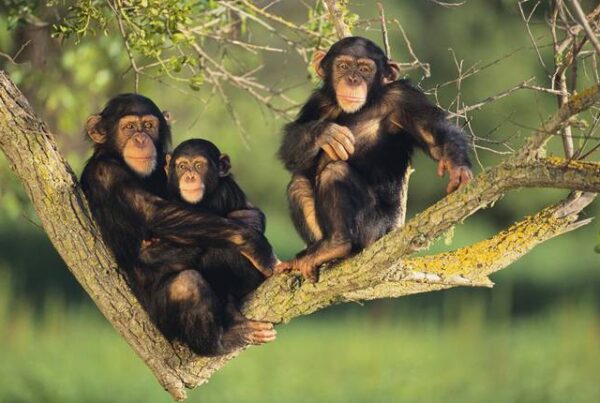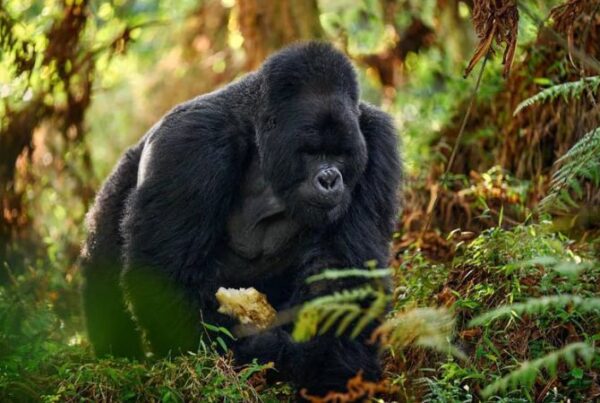Packing Essentials — Queen Elizabeth National Park Wildlife Photography Tips for Adventure Seekers
A Thrill Where Nature Meets the Lens
In the heart of western Uganda lies Queen Elizabeth National Park, a wilderness famed for its sprawling savannahs, shimmering crater lakes, and unparalleled wildlife diversity. To the adventure seeker, it is more than a destination—it is a stage where stories of the wild unfold in real time. And for the wildlife photographer, whether seasoned or aspiring, this park is a living gallery waiting to be captured.
The experience of photography in such a pristine wilderness is unlike any other. It demands patience, precision, and above all, preparation. Every photograph taken becomes not just an image but a testimony to a fleeting encounter—be it the stealth of a leopard in a fig tree, the intensity of a lion’s gaze, or the elegance of elephants crossing the Kazinga Channel’s banks. Yet the success of such an expedition is often determined not only by skill but also by what has been carried along. The essence of packing essentials cannot be overstated, for they form the unseen foundation upon which every image is built.
Why Queen Elizabeth National Park is a Photographer’s Haven
Queen Elizabeth National Park stretches over 1,978 square kilometers, boasting one of the most diverse ecosystems in Africa. The Kazinga Channel teems with hippos and crocodiles, while the open Kasenyi plains burst into life with antelope herds and their ever-watchful predators. The dense Maramagambo forest whispers secrets of rare birds and primates, while the Ishasha sector remains the iconic home of the famous tree-climbing lions.
Such ecological variety ensures that the photographer’s lens never rests idle. With over 95 mammal species and 600 recorded bird species, the park offers a subject at every turn. The shifting landscapes, from golden savannahs to lush wetlands, present constant changes in light, texture, and mood. A trip here is not just a safari but an artistic pilgrimage, where the wilderness becomes both muse and masterpiece.
The Philosophy of Packing for the Wild
The art of packing for a wildlife photography safari is not about excess but about intention. Adventure seekers must understand that every item carried into the park should serve a purpose, balancing practicality with the demands of creativity. It is not merely about filling a bag; it is about curating a set of tools that allow the story of the wild to be told in its truest form.
Clothing forms the first layer of preparation. Breathable, lightweight fabrics in neutral tones blend seamlessly into the environment, avoiding unnecessary attention from wildlife while offering comfort in Uganda’s equatorial climate. The mornings can be crisp and cool, while midday stretches into dry heat, making layered attire a subtle necessity. A wide-brimmed hat provides protection against the harsh sun, while sturdy boots ensure stability in uneven terrain.
Adventure seekers know that protection against elements is not negotiable. Sunscreen, lip balm, and eco-friendly insect repellent create an invisible shield, allowing the photographer to focus on the subject rather than discomfort. A scarf or lightweight shawl often doubles as both dust protection on game drives and a versatile wrap for sudden weather changes. These details may appear small, yet they form the backbone of endurance during long hours in the wild.
The Camera as a Companion
At the core of every packing list lies the camera. In Queen Elizabeth National Park, where opportunities appear suddenly and unpredictably, the camera is not merely equipment—it is a companion. Adventure seekers often prefer DSLR or mirrorless systems equipped with telephoto lenses, which capture distant predators without intrusion. A lens in the range of 100–400mm or beyond ensures that subjects remain close even when distance must be respected.
Yet flexibility remains key. A wide-angle lens allows the landscape to speak as powerfully as the animals themselves. The crater lakes, the Kazinga Channel, and the vast Kasenyi plains deserve frames that celebrate their grandeur. Carrying extra batteries and memory cards is equally critical, as power outlets in the field are scarce and the regret of a missed shot can be profound.
A sturdy tripod or monopod proves invaluable for stabilizing long lenses, particularly during low-light hours when wildlife becomes most active. Early mornings and late evenings, known as golden hours, cast enchanting hues across the landscape, and stability ensures that every frame emerges sharp and professional. The adventure seeker must remember that photography here is not a passive act; it is a pursuit that demands readiness at every turn.
Luxury Meets Practicality in Photography Gear
While functionality guides most packing decisions, luxury adventure seekers often pursue gear that balances high performance with refined design. Camera bags designed with weather-resistant materials, padded compartments, and sleek finishes not only protect valuable equipment but also maintain a sense of style. Reusable stainless-steel water bottles, discreet hydration packs, and compact high-protein snacks elevate the comfort of long drives, ensuring stamina without sacrificing elegance.
Binoculars, often overlooked, complement the camera perfectly. While the camera captures the image, binoculars allow observation, anticipation, and framing before the shutter is pressed. For bird photography, particularly along the Kazinga Channel or in Maramagambo Forest, this pairing becomes indispensable.
Essentials Beyond Photography
Photography is only one part of the adventure. Packing for Queen Elizabeth National Park also requires consideration for the full safari experience. Travel documents, permits, and personal identification must always be accessible. A small journal or notebook, though seemingly old-fashioned, allows reflections and notes that enrich the storytelling process when images are later curated.
Health and safety items form an unseen yet crucial part of packing. A personal first-aid kit, rehydration salts, and prescribed medications create a layer of preparedness against the unexpected. Wet wipes and hand sanitizers, particularly in the dusty or humid conditions of the park, offer small comforts that prevent distractions from the creative process.
The Art of Staying Ready in the Field
Even with the most carefully packed items, success in wildlife photography at Queen Elizabeth National Park depends on the art of staying ready. Game drives move at unpredictable rhythms. A lion may appear lounging on a tree branch in Ishasha or a herd of elephants may suddenly cross the track near Mweya. Adventure seekers must carry essentials in a manner that allows instant access—cameras at the ready, lenses prepared, and personal items organized for quick retrieval.
The ability to transition smoothly from photographing hippos in the Kazinga waters to capturing the delicate flight of a bee-eater requires not only technical skill but also logistical foresight. Packing, therefore, is not just about carrying things; it is about organizing them into a workflow that allows creativity to flourish without interruption.
When to Pack for the Perfect Light
Timing defines much of the photographic journey in Queen Elizabeth National Park. The dry seasons from June to August and December to February are often favored, as wildlife congregates around water sources, creating concentrated opportunities for photography. Clearer skies and manageable road conditions enhance both game drives and camera stability.
Yet the wet seasons, while more challenging, provide lush backdrops of vibrant green, dramatic cloudscapes, and the possibility of capturing rare behavioral scenes. For the adventure seeker, each season offers distinct photographic rewards, and packing must reflect the chosen time. Waterproof covers for cameras, quick-drying clothing, and protective cases become more critical during the rains, while breathable fabrics and dust protection dominate the dry months.
The Narrative Beyond Equipment
At its core, wildlife photography in Queen Elizabeth National Park is about narrative. Packing essentials ensure readiness, but the soul of the experience lies in the patience to wait for the perfect frame, the humility to observe without intrusion, and the awareness that every image captured is part of a larger conservation story.
Adventure seekers are not merely visitors but custodians of memory, using their images to inspire others about the value of protecting these landscapes. Each packed item, whether as simple as sunscreen or as advanced as a telephoto lens, contributes to this mission, enabling the photographer to stand at the intersection of art, adventure, and advocacy.
Crafting a Journey of Elegance and Discovery with WildHorn Africa
A journey into Queen Elizabeth National Park, whether for photography or pure adventure, becomes most rewarding when guided by experts who understand both wilderness and luxury. This is where WildHorn Africa steps in, curating experiences that allow travelers to focus solely on the beauty of the wild while every detail of logistics and comfort is seamlessly handled.
By entrusting the journey to WildHorn Africa, adventure seekers are assured that their photographic safari will unfold as a narrative of sophistication, safety, and authenticity. From the moment the first bag is packed to the final image captured against an African sunset, WildHorn Africa ensures that no detail is overlooked.
The call of Queen Elizabeth National Park is one that resonates deeply with those who crave both adventure and artistry. To answer it fully, the essentials must be chosen with intention, the camera must be wielded with passion, and the journey must be entrusted to those who craft memories with precision. With WildHorn Africa, every frame becomes not just a picture but a timeless story of Africa itself.





 WildHorn Africa – Authentic and unforgettable tours across Africa, guided by local experts who know the land, wildlife, and culture best.
WildHorn Africa – Authentic and unforgettable tours across Africa, guided by local experts who know the land, wildlife, and culture best.


